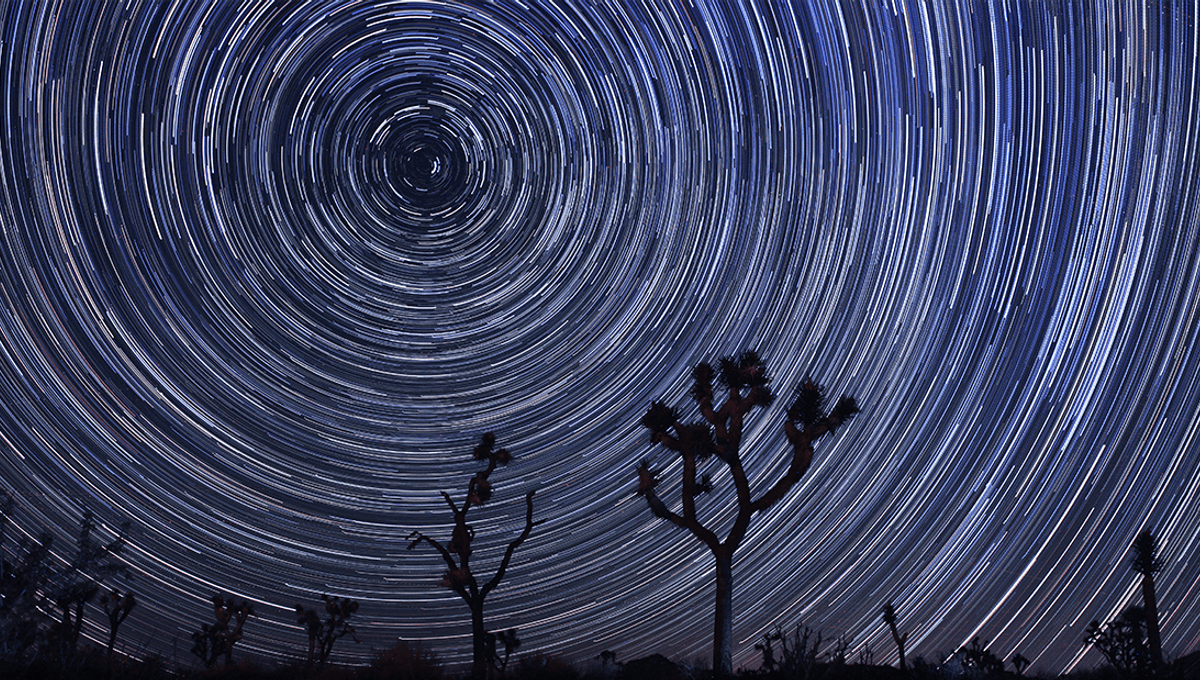
A controversial new study has claimed that it is possible to generate electricity using the Earth’s rotation, its magnetic field, and a surprisingly simple device. If replicated, that could be pretty interesting indeed, but for now some physicists are rightly a little skeptical of the results.
ADVERTISEMENT
Whether electricity can be generated using Earth’s rotation and magnetic field has been debated since 19th-century physicist Michael Faraday’s work on electromagnetism. The general consensus is; no, useful electricity cannot be generated in this way.
“Earth rotates through the axisymmetric part of its own magnetic field, but a simple proof shows that it is impossible to use this to generate electricity in a conductor rotating with Earth,” as the team explains in their paper.
Electromagnetism is, famously, pretty complicated stuff. But in essence, though the Earth rotates through the axisymmetric part of its own magnetic field, any force generated very quickly rearranges the electrons on a metal object so that it creates an electric field which cancels out the magnetic force of the Earth’s field.
“Because the m≠0 components of Earth’s field produce no net force on charges rotating with Earth, they cannot be used to drive an electric current. However, the axisymmetric m=0 components of Earth’s total field (henceforth simply designated B for notational simplicity) do lead to a qv × B force,” the team writes.
“In any conductor carried by Earth’s rotation, the effect of this force is to rapidly redistribute electrons, until the resulting electrostatic field E=−∇V perfectly cancels the driving force.”
But since 2016, the team has been attempting to find a way around this, essentially by setting up a device whose materials don’t allow this speedy reconfiguration of charge. The result is a hollow cylinder made of soft manganese, zinc and iron, which lead author Chris Chyba of Princeton University described to Physics magazine as “a lousy conductor, with about one-tenth the conductivity of sea water.”
ADVERTISEMENT
Now, the team has created such a device, and conducted tests on it, with controversial results. According to the team, even when factoring in temperature effects when different parts of a material are different temperatures, the device produced a small amount of voltage, of around 18 µV, depending on the orientation of the cylinder. While interesting that a charge appears to have been generated, physicists remain skeptical of it, with some telling Nature News that it could still be another unaccounted-for effect. It all rests on whether the effect can be replicated by other teams.
“If our results were corroborated, then the path would be open to investigate whether this effect could be scaled to produce useful electrical power,” the team adds. “Even if only voltages far below those for residential power were achievable using our effect, such devices might still have practical applications as ‘batteries’ that would require no fuel and could not wear out in the usual sense.”
The study is published in Physical Review Research.
Source Link: Controversial Study Claims To Have Generated Electricity From The Earth's Rotation